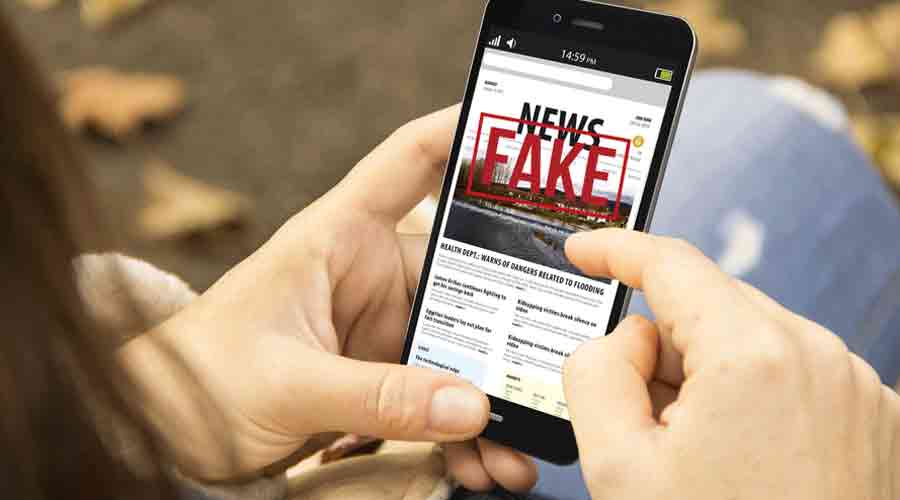Primary schools have traditionally focused on teaching young students social skills, the alphabet and simple language, and basic math. In France, they might soon add a new element to the curriculum: identifying fake news. Ahead of the country’s presidential election in April, the French president, Emmanuel Macron, recently announced plans for a new national education programme aimed at inculcating critical thinking early in children. The idea, Mr Macron said, is to empower them to spot disinformation instead of falling prey to it. The challenge is real — and universal. Social media platforms, and WhatsApp in particular in the case of India, are dangerously well-suited for the proliferation and distribution of fake news that pander to hate, divisiveness and confirmation bias. It is easy for people to forward such content without realizing their role in contributing to the problem. But the threat is particularly worrying for young children, who are today exposed very early to devices that spread disinformation even before they are fully familiar with the ideas of context, history and perspective. All of this makes the ability to identify fake news a life-skill that families and education systems must increasingly teach children as they grow up, just as they once educated them in good manners and responsible citizenship.
However, it is unclear whether France’s approach is necessarily the most effective, at least for India. Like many Western nations, France has, in recent years, faced disinformation-laced influence campaigns from abroad aimed at impacting elections. Given that background, it is clear that Mr Macron’s initiative will principally focus on busting fake news propagated by foreign adversaries. That is an important issue to address: no democracy can allow external forces to intervene in its electoral processes. But it is also an easy — and limited — strategy for governments to adopt. In reality, the most dangerous fake news often emanates from within the country. Mr Macron himself has been accused of peddling false and dangerous tropes when he claimed in November 2020 that many Muslim parents were bringing up their children in “hatred of France’s values” and that many communities in the country were “breeding grounds for terrorists”.
As fact-checker organizations have repeatedly shown, the ruling government and its affiliates in India are often the source of worrying disinformation that is then spread virally on social platforms. All of this should serve as a reminder of the perils of a government-designed school curriculum — even one ostensibly targeting fake news. Instead, India needs to learn from Finland’s example. Since 2014, the Nordic nation’s schools use regular subjects to train students to sift out fact from fiction: fairytales, statistics lessons, art class and history books can all teach students to identify serial liars, the misrepresentation of numbers, manipulation of images, and the dangers of propaganda. Such an approach to education is not easy. But when the future of entire generations is at stake, India cannot afford to take shortcuts.











